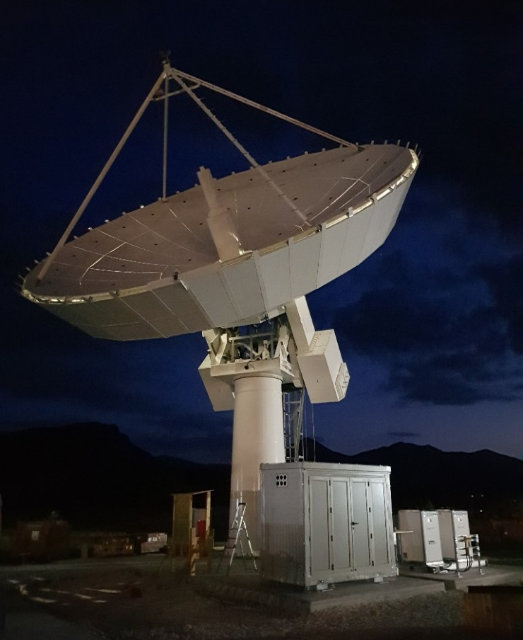
A whole lot of capacity
All this new technology translates to substantial extra Global Xpress capabilities – in fact, GX5’s capabilities are more than that of the entire existing GX1-4 fleet combined. And all this capacity comes in a smaller footprint – GX5’s beams cover only 25% of the area of one of the existing GX satellites. GX5 also operates via six ground stations to receive the satellite’s signal and transmit it via antennas to provide broadband connectivity. GX1-4 each require only two ground stations, so why does the new satellite need so many more?
“The extra capacity available from GX5 is so significant, that we can’t bring it down in one feeder link,” explains Gerard Luursema, Inmarsat Senior Director, Global Ops Evolution and Programmes. “With GX1-4, we are able to bring all of their capacity down to one dish in one location, with a second built for redundancy purposes. With this satellite however, we need four feeder links to get all the bandwidth down from the user terminals.
“The new satellite was designed so that we have redundancy in pairs of two,” continues Luursema. “Each pair directs its redundancy to one sister location. This allows each of them to fail over to the backup site and gives us two combinations of three sites that work together closely.”
A frequency reuse scheme is used, so available spectrum can be used multiple times over the satellite footprint. As a result, meticulous planning was required to choose the right ground sites and feeder links as part of the design process.

